Trump's threat to resume nuclear testing after 33 years to counter Russias missile testing, puts the world on edge, as critics fear an arms race and emboldening Israel, Iran, and North Korea

US threatens Nuclear Testing after Russia goes ballistic with its to counter pressure on Ukraine war
Russia tested nuclear missiles propably to send a message to US and NATO that it will not be cowed down by either US pressure or EU's to end the WAR in UKRAINE.
Borrowed Power: Trump’s Gamble with the Bomb
By Ashok Nilakantan Ayer. October 31, 2025
When Donald Trump declared on Truth Social that the United States would “immediately resume nuclear testing,” the world flinched — not because it expected mushroom clouds to rise over Nevada again tomorrow, but because it remembered what those clouds once meant.
For three decades, the world’s nuclear powers had upheld an uneasy truce — a taboo against detonating the bomb. Trump’s sudden revival of the idea, framed as a show of strength against Russia, China, and North Korea, has reopened the Pandora’s box of nuclear bravado that diplomacy had carefully sealed shut.
The Context of Trump’s Order
Trump’s timing is far from accidental. Russia, under Vladimir Putin, recently paraded new-generation “nuclear-powered” missiles and conducted what it called “readiness drills” involving all three legs of its nuclear triad — bombers, submarines, and land-based missiles. The message was clear: Moscow will not be coerced into peace in Ukraine by Western pressure or sanctions.
China, meanwhile, is doubling its stockpile, building hundreds of new silos in Xinjiang and Gansu. North Korea, isolated and emboldened, has quietly resumed testing subcritical devices under Mount Mantap.
In that context, Trump’s order looks less like policy and more like theater — an attempt to remind the world that the American arsenal, though untested for 33 years, remains the gold standard of deterrence. His aides frame it as deterrence against “autocrats in Beijing, Moscow and Pyongyang.” But his critics see it differently: an insecure empire flexing old muscles to prove it still matters.
“America wants to look tough when its moral credibility is fragile,” says Daryl Kimball of the Arms Control Association. “It condemns tests in Tehran or New Delhi, yet hints it may resume its own. That double standard erodes the very order Washington built.”
A History of Hypocrisy
For decades, U.S. policy on nuclear testing has been an exercise in strategic contradiction. Washington punished India with sanctions after the Smiling Buddha test in 1974 and again after Pokhran-II in 1998, citing nonproliferation norms — yet never ratified the Comprehensive Nuclear-Test-Ban Treaty (CTBT) it helped draft in 1996.
It railed against Iran’s enrichment ambitions while ignoring Israel’s undeclared arsenal. It warned North Korea of “unacceptable consequences,” but now turns a blind eye as Pyongyang rattles its miniaturized warheads from behind closed doors.
Trump’s move simply lays bare what the rest of the world has long suspected — that the nuclear order is not a rulebook but a privilege system, enforced by those who wrote it.
The Nuclear Club
The nuclear elite — the United States, Russia, China, Britain, and France — inherited legitimacy under the 1968 Nuclear Non-Proliferation Treaty (NPT), promising eventual disarmament. They never delivered. Instead, they modernized.
India, Pakistan, and Israel built their bombs outside that framework, each for reasons steeped in history: India to assert independence after the Sino-Indian War; Pakistan to match its rival across the border; Israel for existential deterrence. North Korea, the world’s most sanctioned state, views its small arsenal as insurance against regime change.
The result is a world with nine nuclear states — and an implicit hierarchy among them.
Country - Estimated Warheads - Last Known Test - Strategic Rationale
United States~3,700 - 1992 -Global deterrence; legacy power
Russia~4,300 - 1990-Sphere of influence; deterrent parity
China~500 (rising fast)- 1996-Regional dominance; global credibility
France~290- 1996-Independent deterrence
United Kingdom~225 - 1991- Alliance support via NATO
India~160- 1998-Deterrence vs. Pakistan and China
Pakistan~170- 1998-Parity with India
North Korea~402 - 2017-Regime survival
Israel~90-Undeclared-Existential defense
The last atmospheric test occurred in 1962; the last underground one in 1998. Since then, computer simulations and “subcritical” experiments — those that stop short of triggering an actual explosion — have sufficed. Technology has evolved; the politics, less so.
Why Now? The Trump Doctrine of Defiance
Trump’s announcement follows a familiar pattern: provocation for projection. In his first term, he withdrew from the Iran nuclear deal, undermined the Intermediate-Range Nuclear Forces (INF) Treaty, and threatened to “obliterate” North Korea before praising Kim Jong Un as “smart.” His nuclear stance mirrors his worldview — transactional, performative, and steeped in nostalgia for an era of American omnipotence.
Insiders suggest the move was also timed ahead of his Busan meeting with Xi Jinping — a signal that Washington would not yield strategic space to Beijing’s growing nuclear ambition.
“It’s about optics more than physics,” says Ernest Moniz, a former U.S. energy secretary. “Even a symbolic test would cost $100 million and take a year. The science doesn’t need it; the politics does.”
The Technical and Moral Hurdle
Reopening the Nevada Test Site, dormant since 1992, would be no small feat. Its tunnels are corroded, its machines obsolete, its personnel dispersed.
“The equipment’s a rust pit,” said one former engineer. “The people who did this work aren’t around anymore — and it’s not something you relearn from PowerPoint.”
Even a limited underground test would take years to plan and permit, with environmental, legal, and diplomatic repercussions.
Anti-nuclear activists warn that such a move would unravel the fragile web of restraint built since the Cold War. “If America breaks the taboo, others will follow,” warns Hans Kristensen of the Federation of American Scientists. “The whole house of cards collapses.”
The Arms Race Nobody Wants
Nuclear testing is as much about psychology as capability. The U.S. has conducted over 1,000 tests, half of all global detonations since 1945 — more than enough data to model every conceivable yield. What Washington lacks today is not confidence in its warheads, but confidence in its narrative.
A resumption of testing could erase America’s moral high ground and invite others to respond in kind. Russia and China would likely follow suit; India and Pakistan could seize the moment to validate new designs. North Korea would claim vindication. The nuclear clock, frozen for decades at symbolic midnight, could start ticking again.
Former defense officials quietly admit that the U.S. gains little from returning to the test era. “We have the world’s most sophisticated simulation infrastructure,” said Corey Hinderstein of the Carnegie Endowment. “If anything, testing helps our adversaries catch up.”
The Anti-Nuclear View
For peace activists and disarmament scholars, Trump’s gambit epitomizes the regression of global security thinking. “We’re back to 1955,” says Beatrice Fihn, former head of the International Campaign to Abolish Nuclear Weapons (ICAN). “The nuclear powers talk of deterrence but behave like addicts — unable to quit what they know can destroy them.”
The moral case against nuclear weapons is simple yet ignored: the idea that security built on annihilation is neither moral nor sustainable. Even limited nuclear war, recent studies show, could trigger global famine through soot and atmospheric cooling. Yet deterrence persists — not because it works, but because no one dares test its failure.
A Dangerous Symbolism
Ultimately, Trump’s nuclear bravado says less about kilotons than about confidence. It reflects a nation that once led the moral architecture of arms control now flirting with its collapse. It also exposes the hollowness of “rules-based order” rhetoric when rules apply only to others.
The irony is exquisite: in seeking to appear strong, America risks looking afraid — afraid of decline, of competition, of the fading glow of the superpower myth. The Nevada desert may yet remain silent, but the echo of Trump’s words already reverberates across a world growing weary of nuclear hypocrisy.

)%2520LA-UR-06-1068_1-1024x819.jpg&f=1&nofb=1&ipt=58183926da29f4ffc0996290bdc997af627788d6abacd7d91318ba119ed234b0)

-Alastair-Philip-Wiper-DSCF9345.jpg&f=1&nofb=1&ipt=fe77a9163d3255a03afa4ab19ae9c319bdc58a1ea29587565a0e97519910aead)
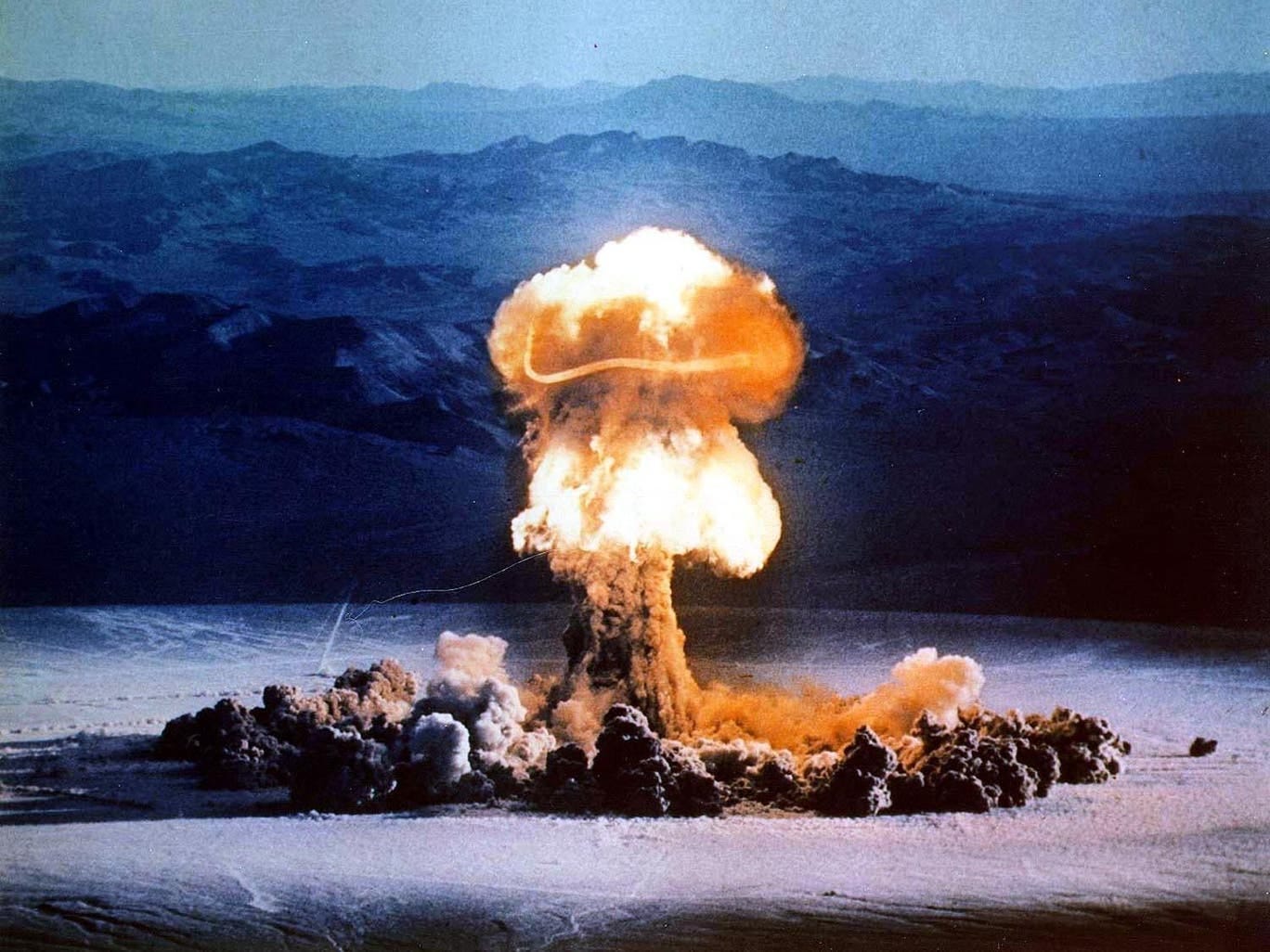
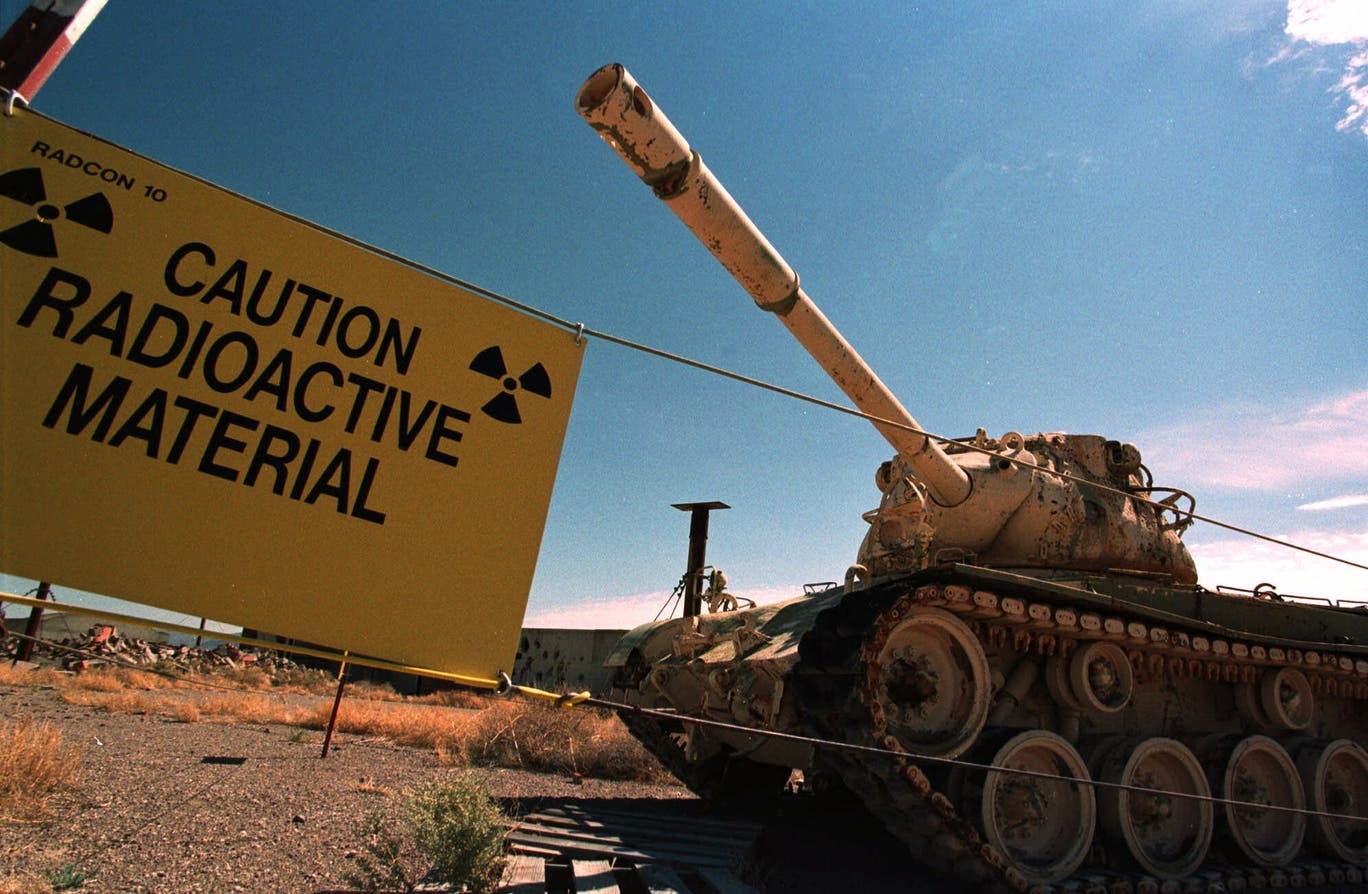

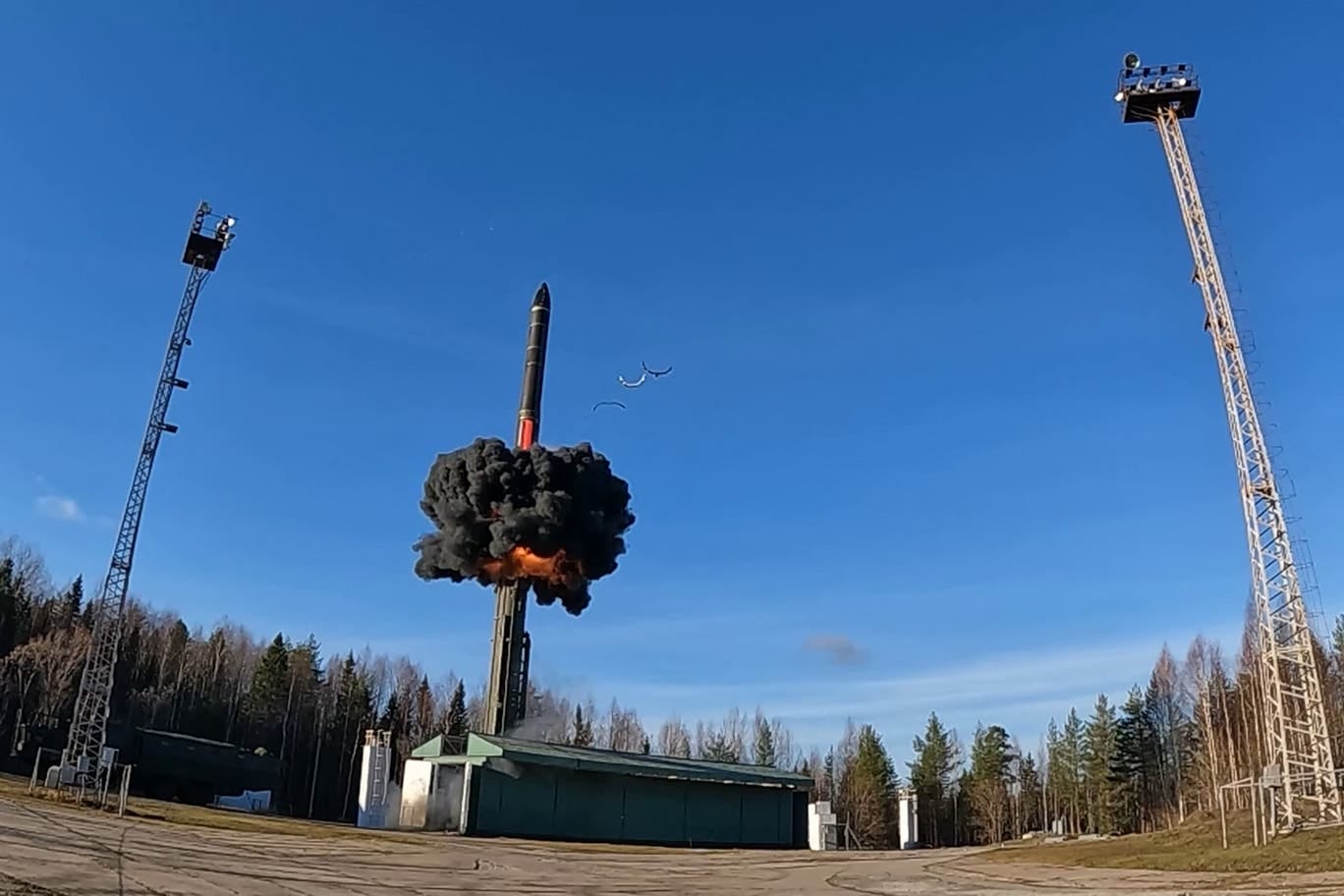
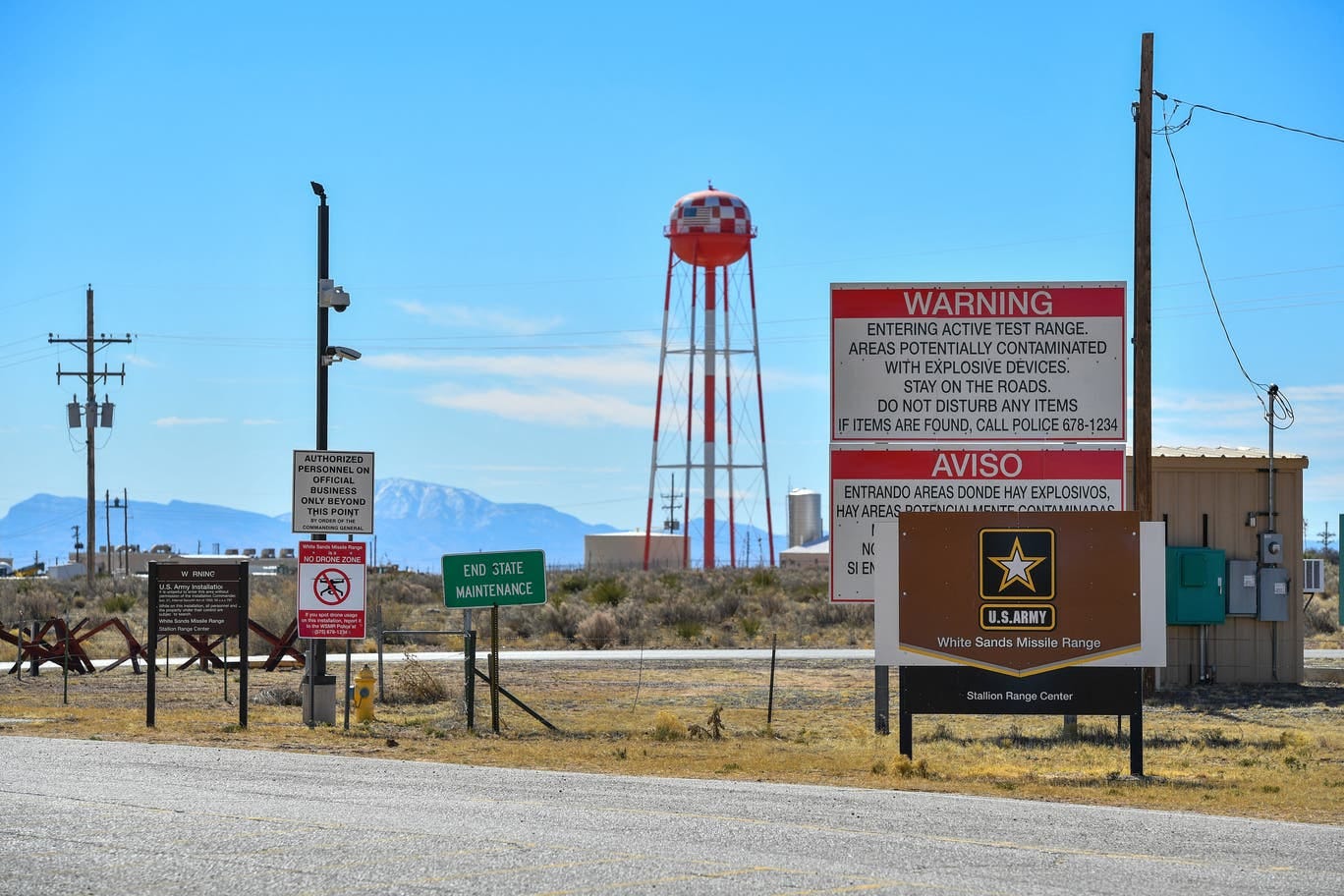

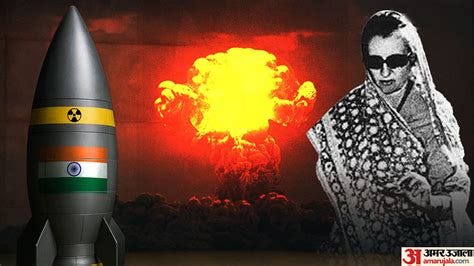
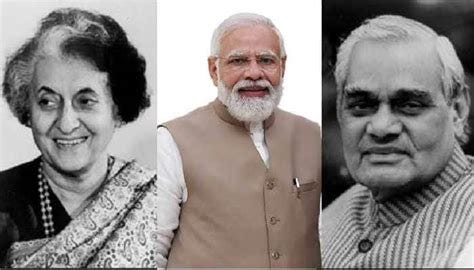
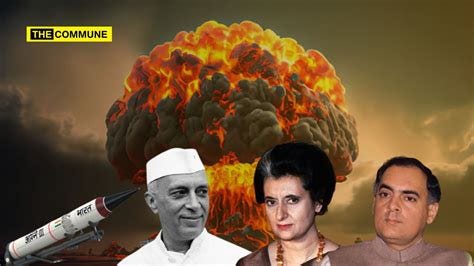


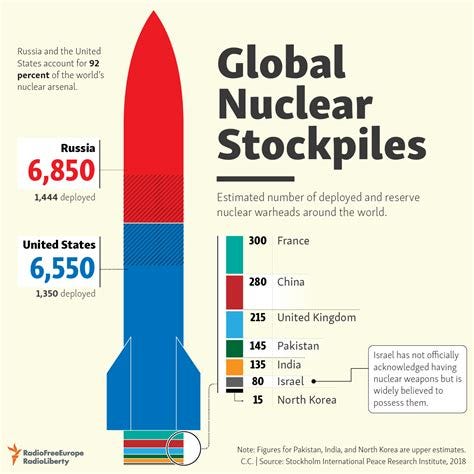

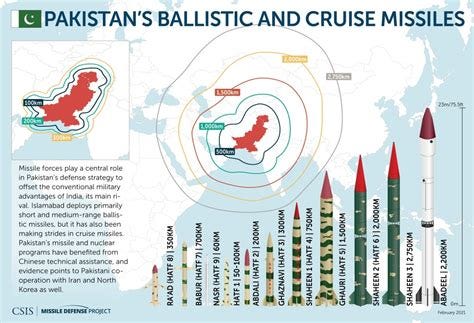
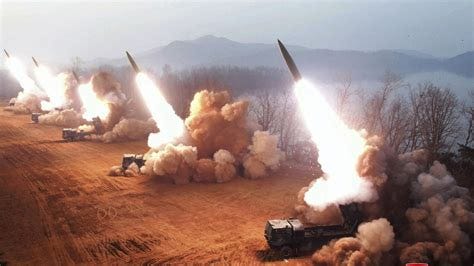
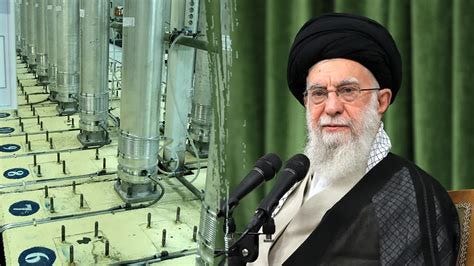
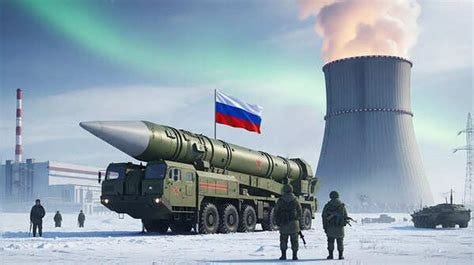
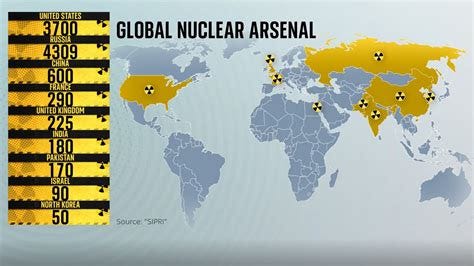
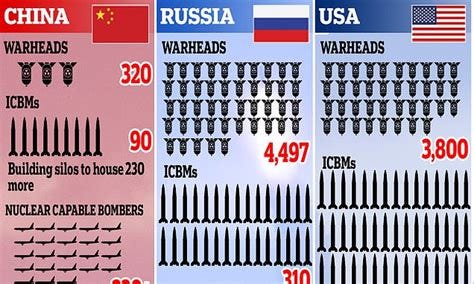

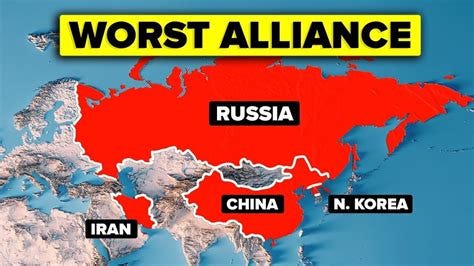
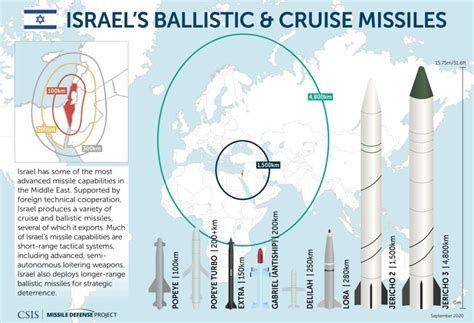

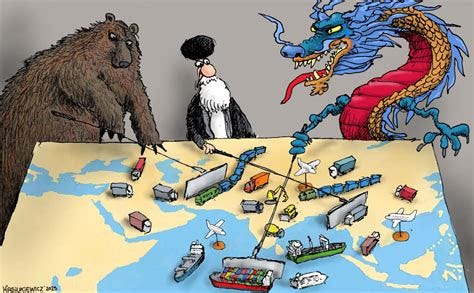

Comments
Post a Comment